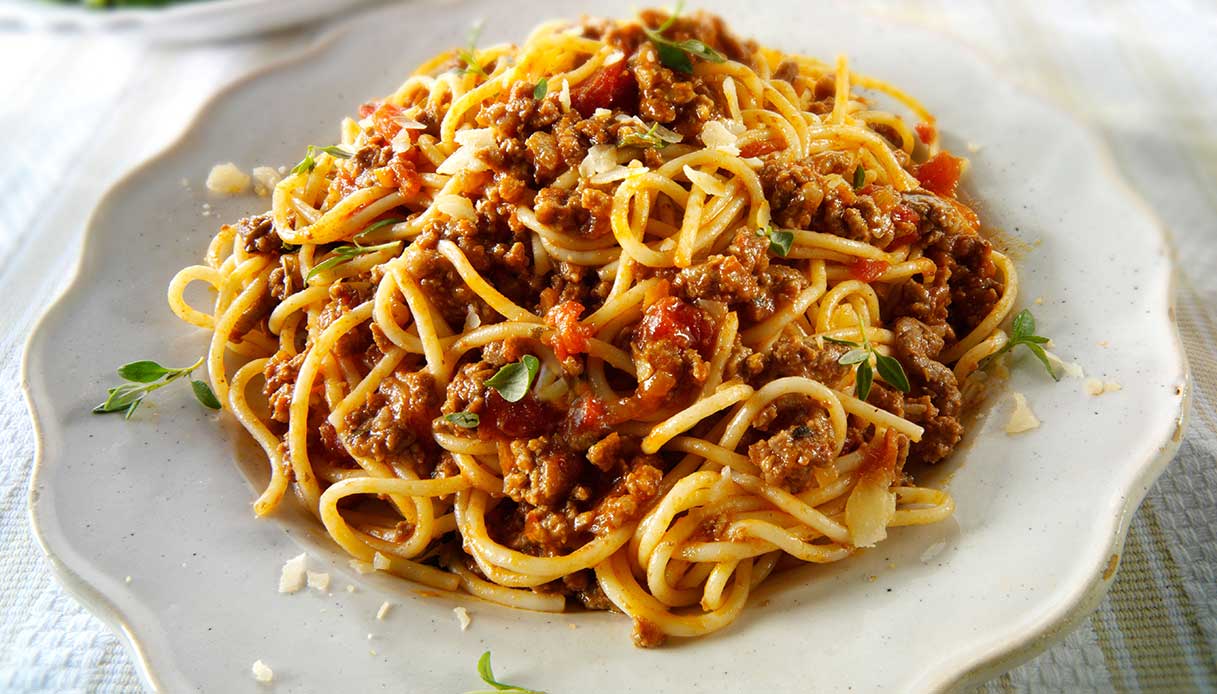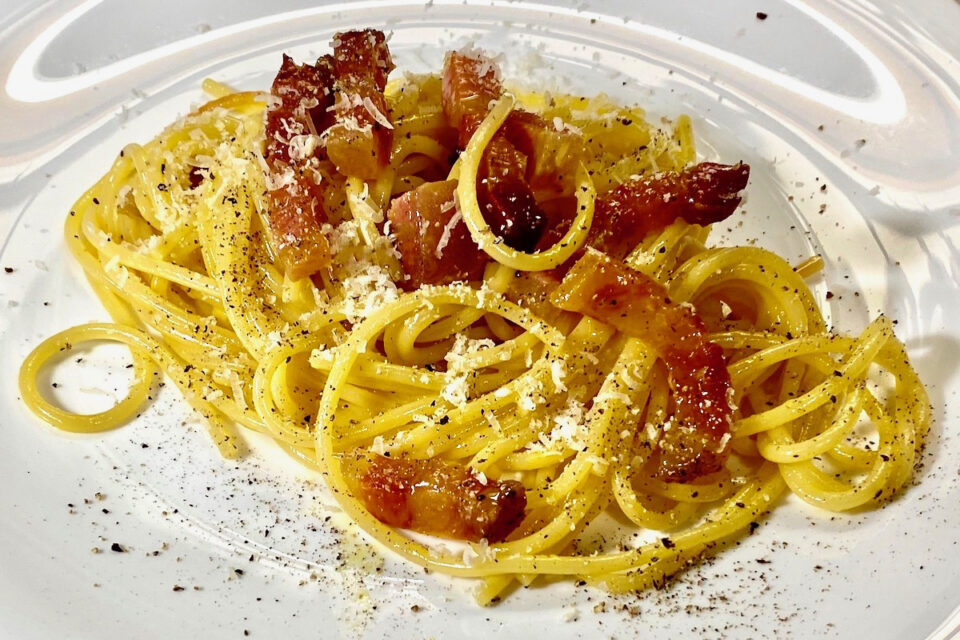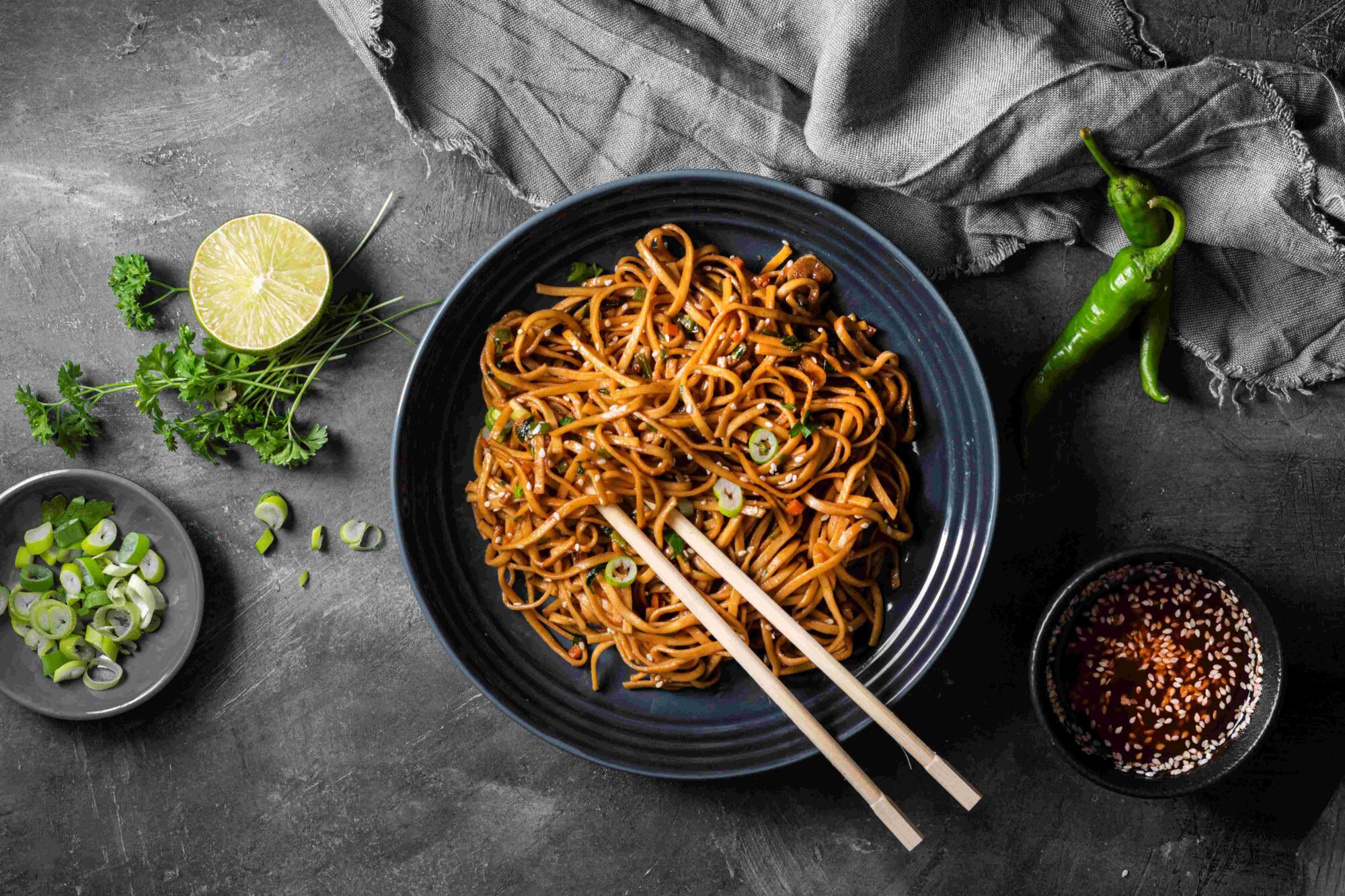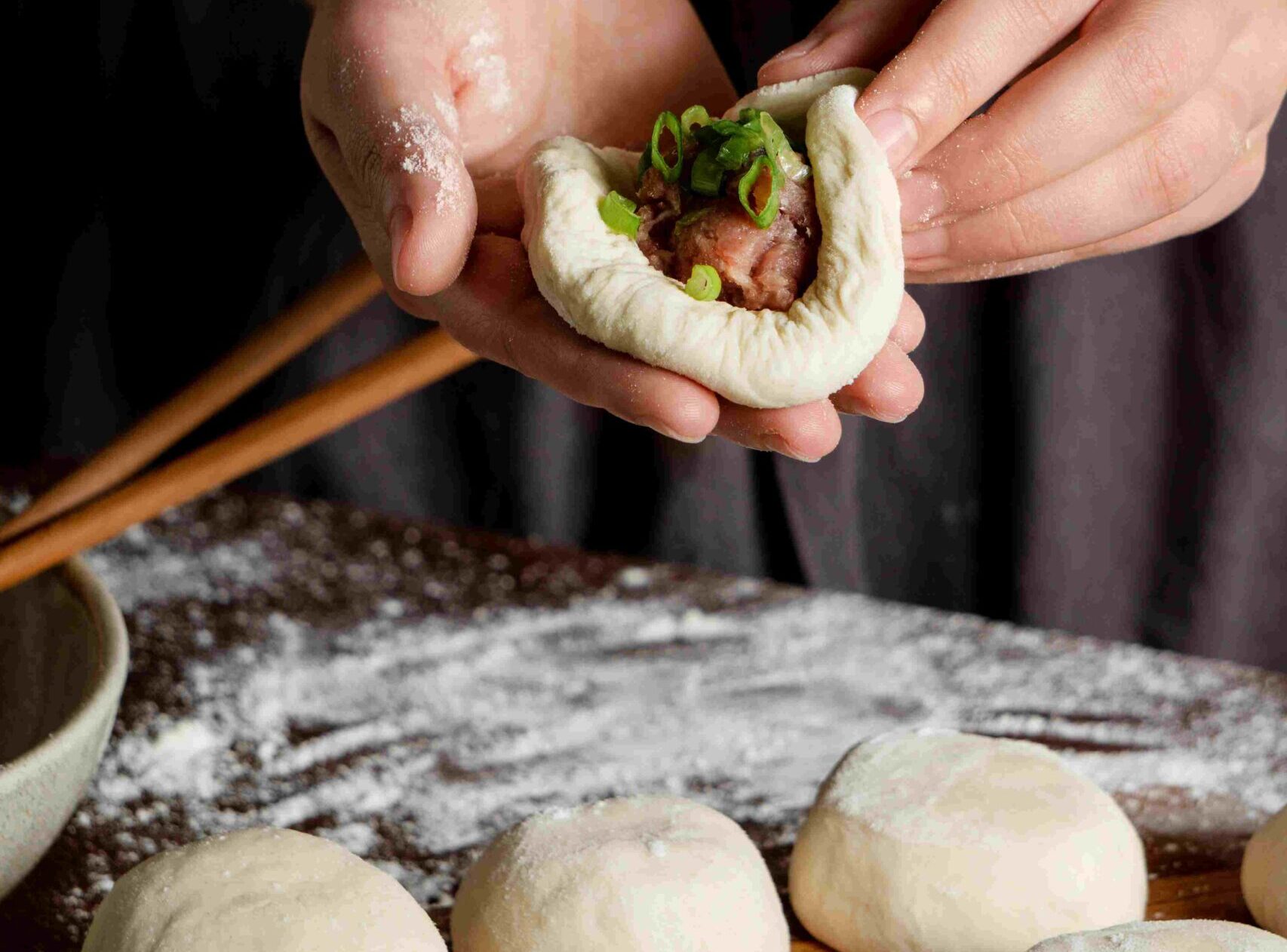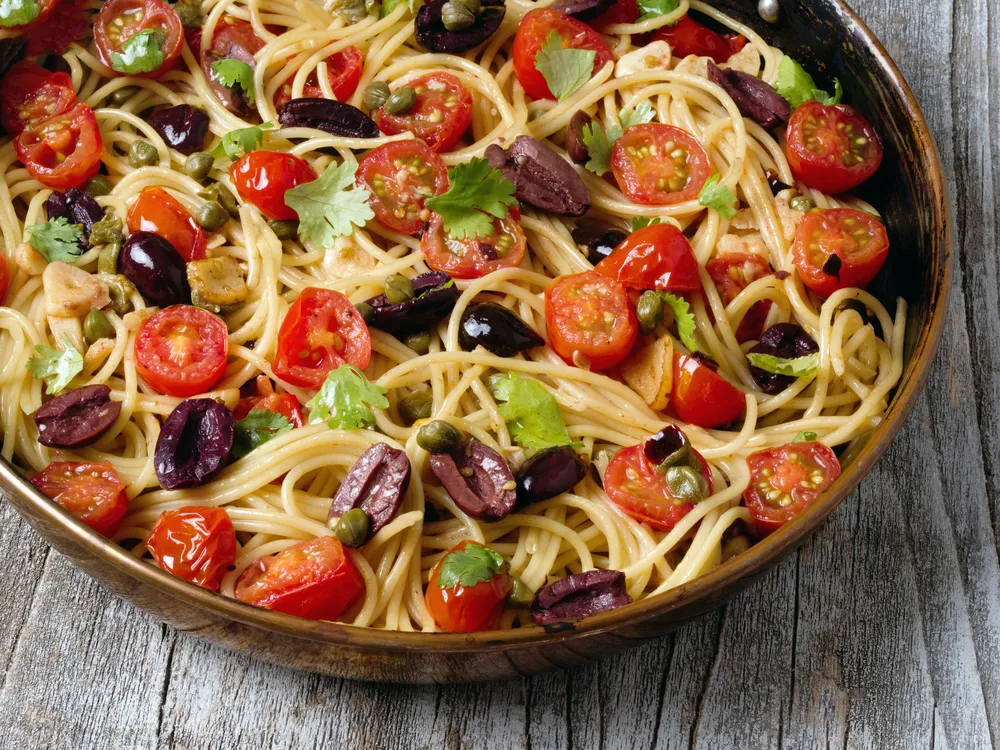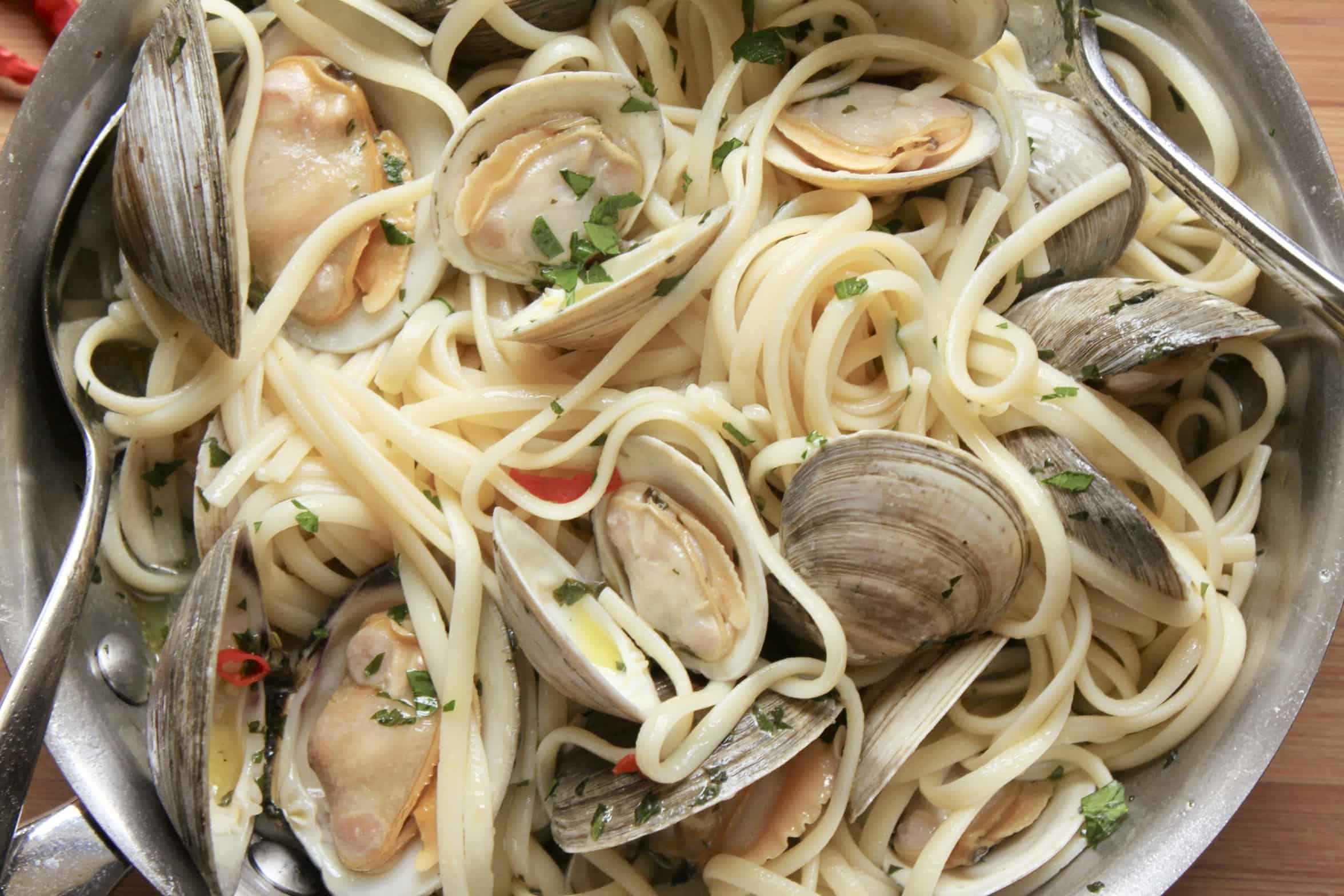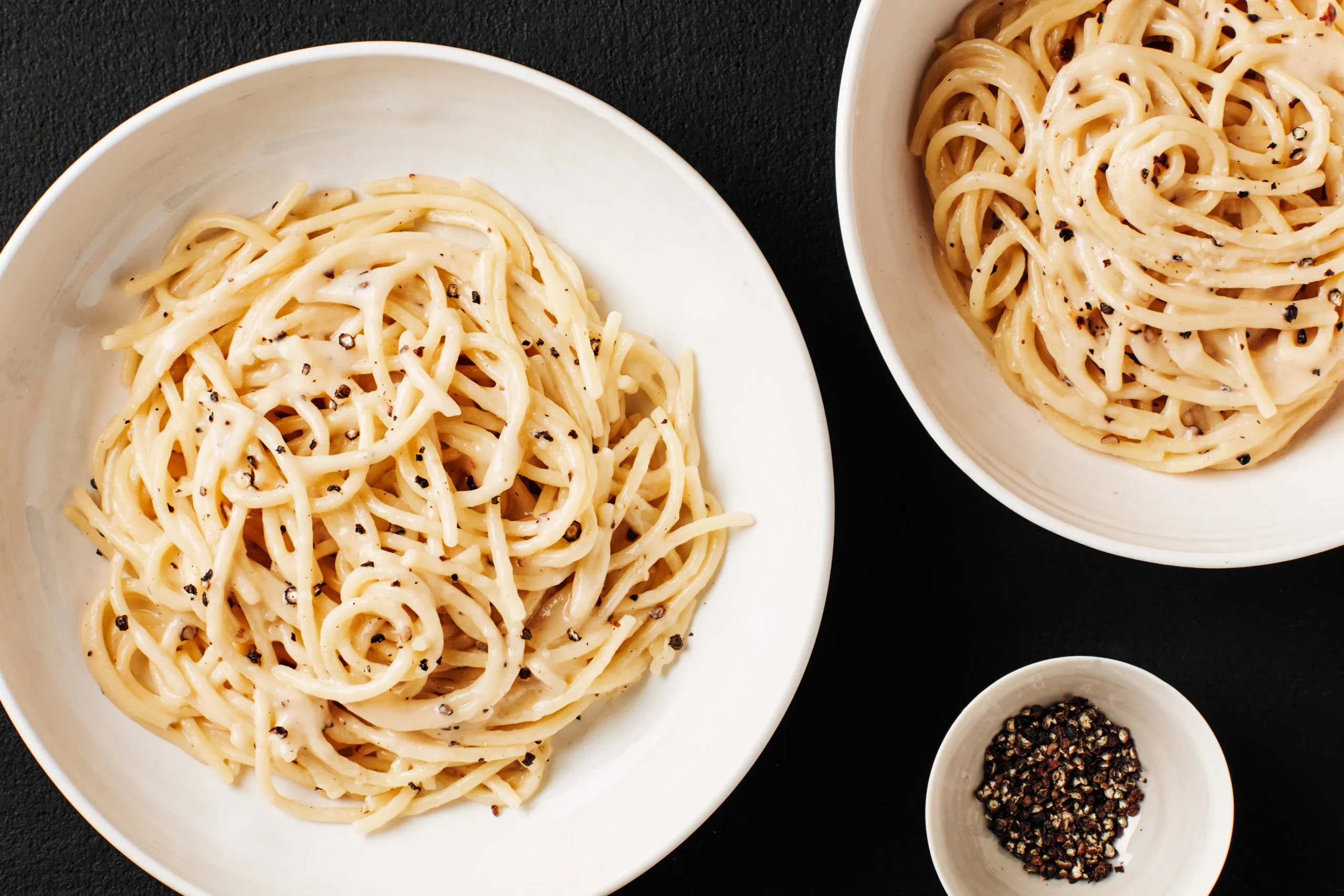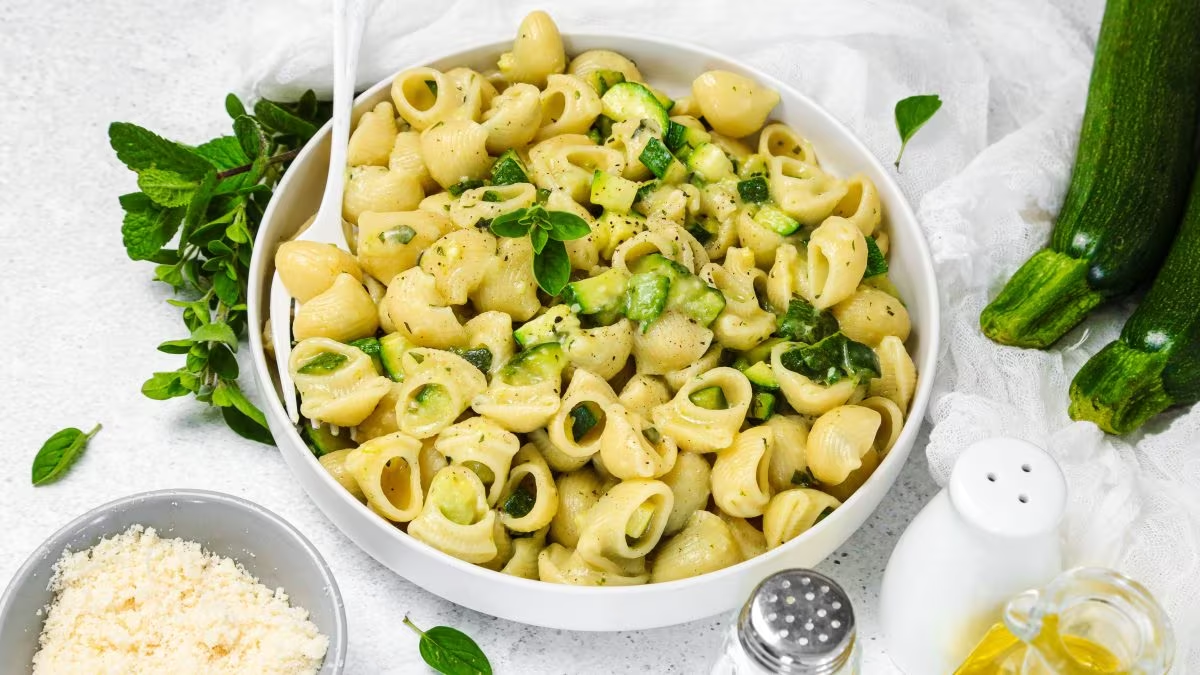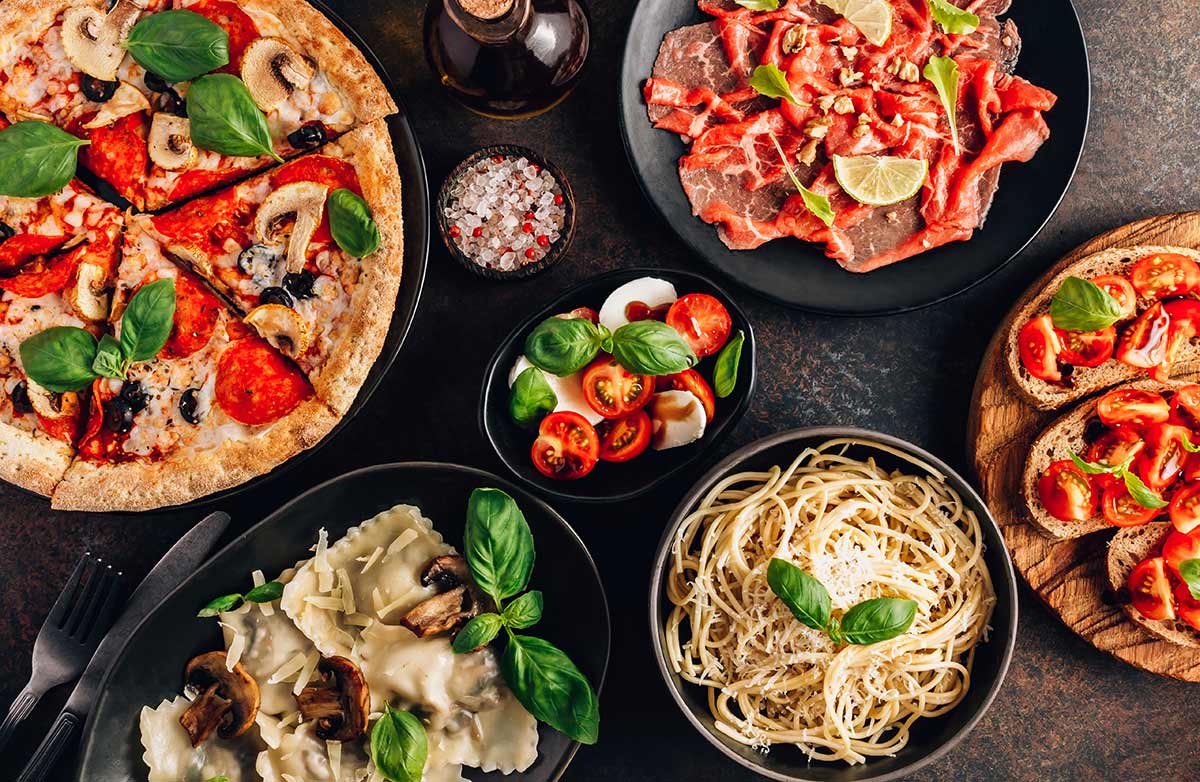Lo Mein is a beloved Chinese dish known for its flavorful, stir-fried noodles mixed with an array of vegetables, proteins, and savory sauce. Whether you’re craving a quick weeknight meal or want to impress guests, lo mein is a crowd-pleaser that’s easy to make at home. By following a few simple tips, you can master this classic dish and enjoy delicious, restaurant-quality lo mein anytime. What Makes Lo Mein a Chinese Food Favorite? In Chinese food, lo mein is appreciated for its adaptability and flavor. The term “lo mein” actually refers to a technique of “tossing” noodles with sauce, rather than stir-frying. It’s typically made with wheat noodles that have a smooth, chewy texture, combined with fresh vegetables and savory sauces like dark soy sauce. Lo mein has a rich history, originating in China but evolving globally to include a variety of ingredients and flavors. Ingredients for Lo Mein For a basic lo mein, you’ll need fresh ingredients that bring out its signature flavors and textures. Here’s a simple base that you can customize with your preferred add-ins. Main Ingredients: 8 oz lo mein noodles or spaghetti 1 tbsp vegetable oil 1 cup sliced bell peppers 1 cup sliced mushrooms ½ cup sliced carrots 2 green onions, chopped 1 tbsp dark soy sauce 1 tbsp regular soy sauce 1 tsp sesame oil Protein of choice (chicken, shrimp, or tofu) Instructions for Making Lo Mein: Cook the Noodles: Boil lo mein noodles according to the package instructions until they’re al dente. Drain and rinse with cold water to stop the cooking process, then toss with a little sesame oil to prevent sticking. Prepare the Sauce: In a small bowl, mix together dark soy sauce, regular soy sauce, and sesame oil. This combination gives lo mein its rich, savory flavor. Stir-Fry the Vegetables: Heat vegetable oil in a large pan or wok over medium-high heat. Add the bell peppers, mushrooms, carrots, and any other vegetables you’re using. Stir-fry until tender-crisp, about 3-4 minutes. Add Protein and Noodles: If you’re using chicken or shrimp, cook it first before adding to the pan. Once cooked, add the noodles and sauce mixture. Toss everything together until well combined and heated through. Tips for Making Perfect Lo Mein Tip 1: Use the Right NoodlesThe texture of the noodles is essential to lo mein. Look for fresh lo mein noodles or use spaghetti as a substitute if needed. Fresh lo mein noodles are soft and chewy, giving the dish an authentic texture. Tip 2: Choose Dark Soy Sauce for DepthDark soy sauce is richer and less salty than regular soy sauce, making it perfect for adding depth to lo mein. It also gives the noodles a beautiful caramel color that enhances the overall presentation. Tip 3: Add Shaoxing Wine for Authentic FlavorA small splash of Shaoxing wine, a Chinese cooking wine, can elevate your lo mein by adding a subtle sweetness. Often used in Chinese food, it’s a great ingredient to have on hand for other recipes as well. Tip 4: Cook Vegetables Until Tender-CrispThe key to great lo mein is having a variety of textures. Stir-fry your vegetables until they are tender but still have a slight crunch, adding flavor and keeping the dish vibrant. Tip 5: Don’t Overcook the NoodlesOvercooked noodles can turn mushy and absorb too much sauce. For the best texture, cook noodles until they’re al dente, then rinse in cold water to stop cooking immediately. Tip 6: Add Protein for a Complete MealLo mein is delicious with chicken, beef, shrimp, or tofu. Sauté your protein separately and then combine it with the noodles and sauce for a balanced, protein-packed meal. Tip 7: Finish with Sesame Oil for a Nutty AromaA touch of sesame oil at the end adds a rich, nutty aroma that’s signature to many Chinese food dishes. Use it sparingly to avoid overpowering the other flavors. Tip 8: Garnish with Spring OnionAdding chopped spring onion at the end enhances the flavor with a hint of freshness. It’s also a traditional garnish that pairs well with the sauce and noodles. Variations and Add-Ins for Lo Mein Lo mein is a versatile dish, and you can customize it based on your preferences and what’s available. Here are a few ideas to switch up the flavors and textures: Spicy Lo Mein: Add a teaspoon of chili oil or sriracha for a spicy kick. Vegetable Lo Mein: For a vegetarian option, add extra vegetables like bok choy, snow peas, or bean sprouts. Kimchi Lo Mein: For a fusion twist, add chopped kimchi, which introduces a tangy, spicy flavor to your lo mein. Teriyaki Lo Mein: Use a teriyaki sauce in place of soy sauce for a slightly sweet flavor. Serving Lo Mein with Other Chinese Food Favorites Lo mein pairs well with other popular Chinese food dishes. Serve it alongside chicken noodle soup for a cozy meal, or enjoy it with bao buns and dim sum for a larger spread. For a complete Chinese food experience, add a side of wonton soup or fried rice to your table. To learn more about the types of noodles used in lo mein, check out Lo Mein for background on this classic dish, Soy Sauce for an understanding of the flavor profile, and Chinese Cuisine to explore how lo mein fits into the broader context of Chinese food. Lo mein is a flavorful, adaptable dish that’s easy to make and brings the taste of Chinese food into your home. With these tips, you’ll be able to cook lo mein that rivals your favorite takeout restaurant, perfect for any night of the week. Whether you prefer it with vegetables, meat, or a spicy twist, lo mein is a crowd-pleaser that’s as enjoyable to make as it is to eat. Give it a try and experience why this dish remains a staple in Chinese cuisine!

